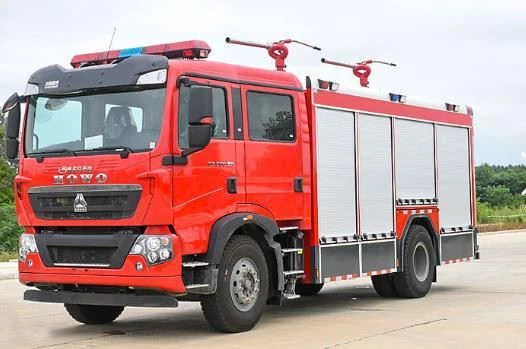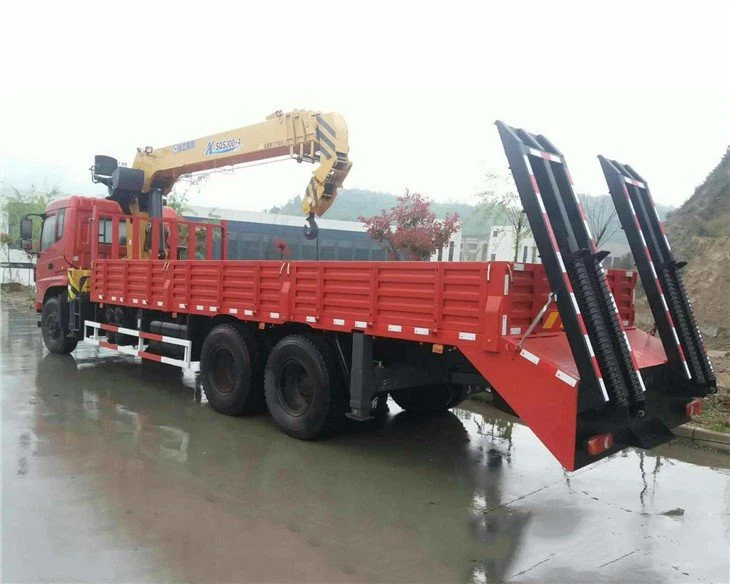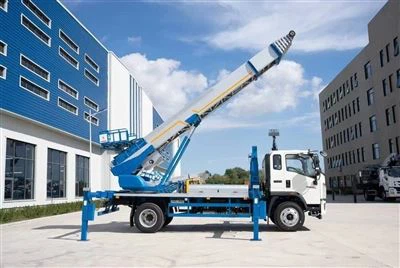The Back of a Garbage Truck: Understanding Its Functionality and Importance

When we think of garbage trucks, our minds often jump to their rugged exteriors, their loud engines, and the men and women who keep our communities clean. However, one part of a garbage truck plays an immensely crucial role that might not get the attention it deserves: the back of a garbage truck. In this article, we will explore what makes the back of a garbage truck unique, its functionality, maintenance, design standards, and much more.
Understanding How a Garbage Truck Works
The back of a garbage truck is engineered to perform specific functions crucial to the waste collection process. Understanding how it operates gives us insights into its design and various components.
Basic Components of a Garbage Truck
Every garbage truck is equipped with several components that work in tandem. Key parts include:
- Load Compactor: Compresses waste for efficient storage.
- Hopper: The open space at the back where waste is thrown in.
- Lift Mechanism: Lifts bins and positions them for dumping.
- Rear Door: Seals the load and is critical for compaction.
How Waste is Collected
The back of a garbage truck operates through a series of steps:
- The worker empties trash bins into the hopper.
- The load compactor compresses the waste into compacted sections.
- The rear door seals the load for movement.
Optimizing the Collection Process
Efficient waste collection is not merely about collection itself but how the waste is moved to disposal sites. A better design protects the environment and enhances user experience.
The Importance of the Back of a Garbage Truck
Why focus on the back of a garbage truck? The answer lies in its critical role in waste management and the environment.
Waste Compaction
Compaction varies significantly among different trucks. Some trucks can compact waste up to 1,500 pounds per cubic yard. This helps:
- Maximize truck capacity.
- Reduce the frequency of pickups.
- Lower transportation costs and emissions.
Environmental Impact
A well-structured back of a garbage truck minimizes waste spillage and reduces odors. By tightly sealing the load, it plays a major role in:
- Limiting environmental contamination.
- Reducing pest attraction.
Types of Garbage Trucks
Not all garbage trucks are the same. Understanding different types helps us appreciate the significance of their designs.
Front Loader Garbage Trucks
Front loaders have a specific mechanism for picking up waste bins from the front. The back is often equipped for compartmentalized waste collection.

Rear Loader Garbage Trucks
These trucks have a classic design with a large hopper at the back. They are cost-effective and suitable for various types of waste.
Side Loader Garbage Trucks
Side loaders are ideal for narrow streets. The back is designed for optimal accessibility to waste while maximizing automation.
Comparison Table of Garbage Truck Types
| Type | Load Mechanism | Best Use |
|---|---|---|
| Front Loader | Front-mounted lift | Large commercial areas |
| Rear Loader | Manual lift | Urban residential areas |
| Side Loader | Side-mounted lift | Narrow streets |
Maintenance of Garbage Truck Back
The back of a garbage truck is vital yet often subjected to wear and tear. Regular maintenance is necessary.
Cleaning the Hopper
Regular cleaning prevents odors and pest attraction. Use pressure washing and disinfectants as part of a routine strategy.

Inspecting the Lift Mechanism
Periodically check hydraulic systems for any leaks and ensure the lift is operating smoothly. Delays can lead to complications in collection.
Maintenance Schedule Table
| Check | Frequency | Recommended Action |
|---|---|---|
| Cleansing the Hopper | Weekly | Pressure wash and disinfect |
| Hydraulic System Check | Monthly | Inspect and repair any leaks |
| Tire and Brake Inspection | Monthly | Ensure maximum safety |
Safety Measures for Waste Collectors
Safety when working at the back of a garbage truck should never be underestimated. The following tips can help:
Personal Protective Equipment (PPE)
Essential PPE includes:
- Steel-toed boots
- High-visibility vests
- Gloves
- Hard hats
Best Practices During Collection
- Always pay attention to surroundings.
- Establish a clear communication protocol with co-workers.
- Stay within designated safety zones.
Technology and Innovation in Garbage Trucks
The waste management industry has seen significant technological advancements that affect the back of garbage trucks.
Automated Collection Systems
With the advent of technology, many cities are adopting automated systems that minimize human interaction, ensuring safety and efficiency.
Smart Sensors for Load Monitoring
Many new models include sensors that help monitor the weight of the load, optimizing routes and collection processes.
Benefits of Technology Adoption
- Reduced operational costs
- Minimized physical strain on workers
- Better route optimization
Future of Garbage Trucks
The future holds immense possibilities for garbage trucks and their design, particularly for the back section:
Eco-Friendly Materials
The shift towards greener technologies suggests that trucks will be made of materials that have a lesser environmental impact, affecting their back design and functionality.
Electric Garbage Trucks
The rise of electric garbage trucks indicates a transformative change, potentially revolutionizing how waste is collected and managed.
Common Misconceptions About Garbage Trucks
Despite their importance, misconceptions about garbage trucks persist:
Myth: Garbage Trucks are Just Big Vehicles
Garbage trucks are sophisticated machines designed for efficiency and safety, not just oversized vehicles.
Myth: Waste Collection is a Simple Task
In reality, waste collection involves a well-organized system that includes technology, safety standards, and careful planning.
FAQs About the Back of a Garbage Truck
What are the primary functions of the back of a garbage truck?
The back of a garbage truck serves to collect waste through a hopper, compact it for optimal capacity, and secure it for transport.

How often should the back of a garbage truck be cleaned?
The back should ideally be cleaned weekly to prevent odors and maintain hygiene.
What safety equipment do garbage collectors need?
Important PPE for garbage collectors includes steel-toed boots, high-visibility vests, gloves, and hard hats.
What are the different types of garbage trucks?
The main types include front loaders, rear loaders, and side loaders, each designed for specific collection needs.
How do automated collection systems work?
Automated collection systems enable garbage trucks to collect waste with minimal human intervention, using mechanical arms for efficiency and safety.
Are there environmental concerns associated with garbage trucks?
Yes, fundamental concerns include waste spillage and emissions, which can be mitigated with improved truck design and technology.
